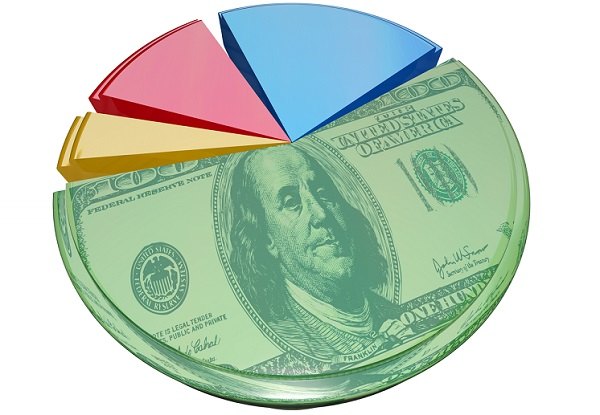 Health care expenditures by federal, state, and local governments will account for 47 percent of all health care expenditures by 2027–but that's just a 2 percent increase from today. (Image: Shutterstock)
Health care expenditures by federal, state, and local governments will account for 47 percent of all health care expenditures by 2027–but that's just a 2 percent increase from today. (Image: Shutterstock)
For those worried—or excited—about the idea of socialized medicine taking over the U.S health care system, new government data suggests that we're halfway there already.
According to a new set of projections from the Centers for Medicare and Medicaid Services (CMS), health care expenditures by federal, state, and local governments will account for 47 percent of all health care expenditures by 2027. If that sounds like a lot, consider that government spending already accounts for 45 percent of the bill.
The numbers, published in the journal Health Affairs, suggest that the rate of cost increases will be slightly higher than in recent years, but lower than in the pre-Affordable Health Care Act period of 1990 to 2007, when costs increased at 7.3 percent annually. For the next ten years, CMS expects an annual average increase of 5.5 percent in health care spending.
Related: Health care spending hits record high despite flat rates of utilization
Demographic changes are a large part of the reason for the uptick in spending by government programs. According to an analysis published in Modern Healthcare, “Medicare spending is expected to grow faster than Medicaid or private insurance spending due to the aging of the large Baby Boom population into the program, peaking this year. That will produce a 7.4 percent average annual Medicare spending growth rate over the next decade, compared with 5.5 percent for Medicaid, and 4.8 percent for private insurance.”
Other projections from the CMS report found that health care's share of the national GDP will stand at 19.4 percent by 2027, and will total nearly $6 trillion. It currently is at 17.9 percent, and is estimated at $3.5 trillion. Hospital spending growth will average 5.6 percent annually during that time frame, and clinical spending will grow at 5.4 percent on average. In both areas, labor shortages will be a factor in driving up costs, according to CMS.
The Washington Post weighed in by saying regardless of the outcome of Medicare for All plans being pushed by some politicians, the government is set to take on an ever-increasing share of the nation's health care spending, at least for the near future.
“The number of people covered through Medicare — and spending on the federal insurance program for older and disabled Americans — is expected to grow more rapidly than private insurance or Medicaid, eating up a larger chunk of health spending,” the Post said.
That article also suggested that both advocates and opponents of Medicare-for-all would find some ammunition in the new projections. But the news that the government already is footing nearly half the bill for health care costs may blunt some of the dire predictions about the nation slipping into socialism.
As the Post noted, “Larry Levitt, executive vice president of the Kaiser Family Foundation, said that 'if the government is already going to play a very big role in the health system, that, over time, may make proposals like Medicare for All less controversial.'”
Read more:
© 2025 ALM Global, LLC, All Rights Reserved. Request academic re-use from www.copyright.com. All other uses, submit a request to [email protected]. For more information visit Asset & Logo Licensing.







